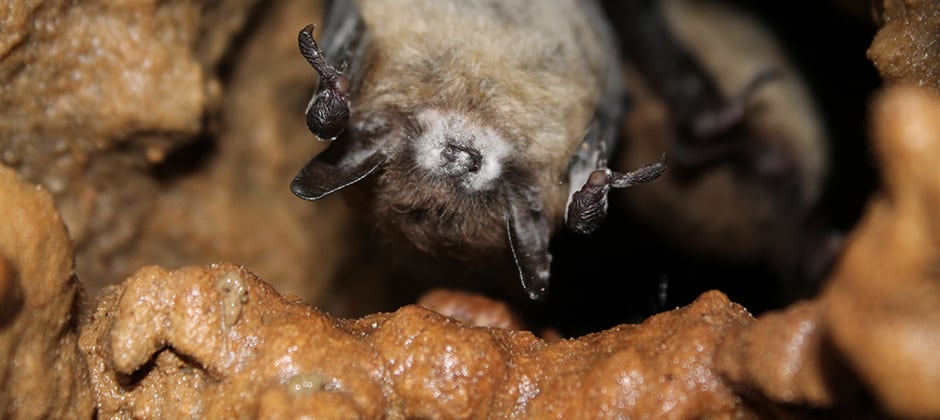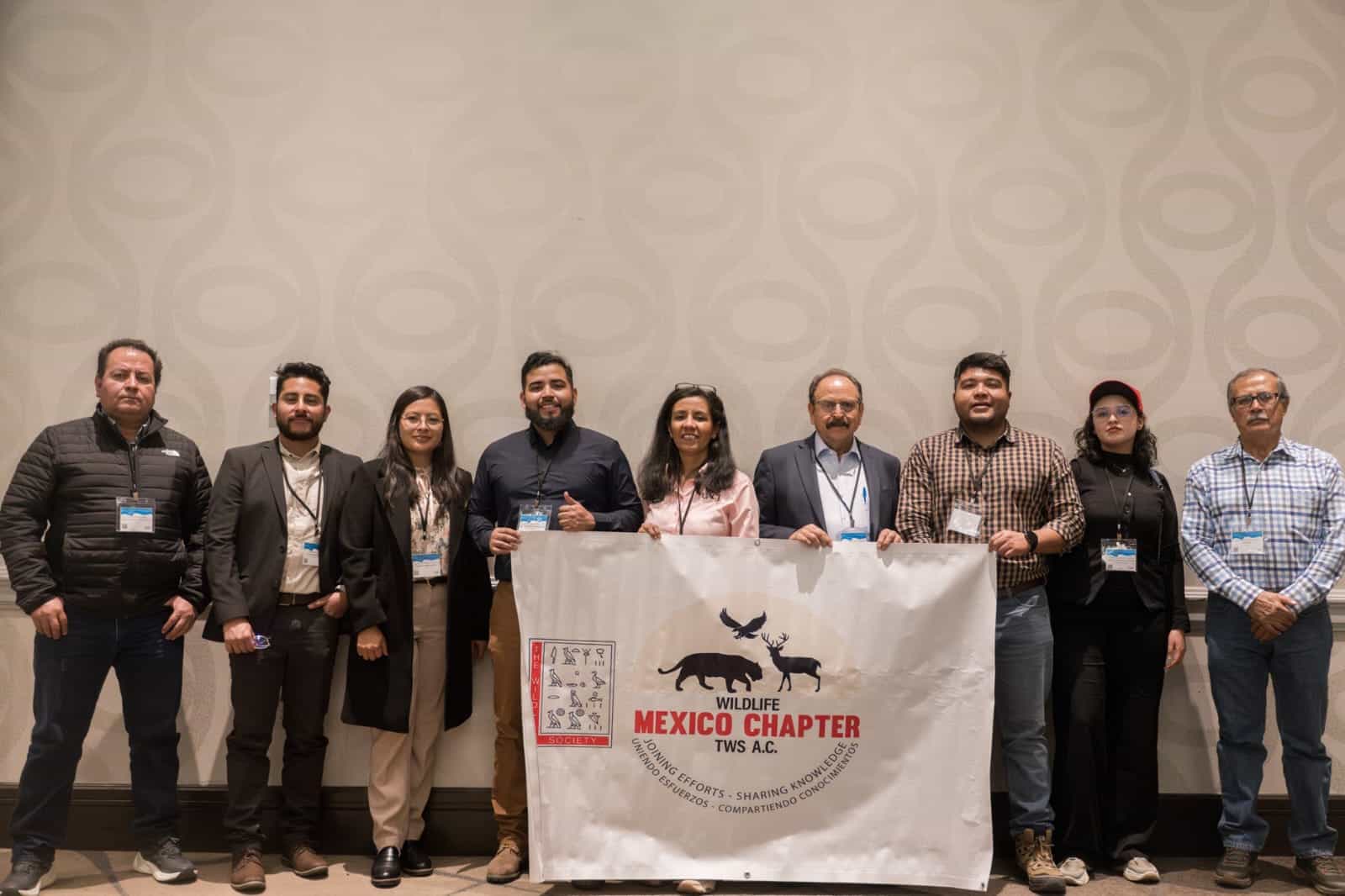Share this article
Bacteria treatment helps bats survive white-nose syndrome
White-nose syndrome has devastated bat populations across much of North America, but researchers have found that applying probiotic bacteria can reduce the disease’s impacts and help struggling populations survive. Combined with other treatments, they believe, it could be even more effective.
After applying the bacteria, which occurs naturally on bats, onto the bats’ skin, researchers found they could boost the survival rates of infected bats to nearly 50% — up from 8.4% survival among the control group, which didn’t receive the treatment.
“It’s definitely exciting news,” said Joseph Hoyt, a research scientist at Virginia Tech and the lead author on the study published in Scientific Reports. “Fifty percent is great. It’s not 100% like we would hope, unfortunately, but I am not sure we’ll ever get there.”
Spread by the fungus Pseudogymnoascus destructans, white-nose syndrome causes bats to leave their roosts during hibernation in the winter. The fungus kills the bats over several months, depleting their fat stores and forcing them to expend energy seeking food that isn’t available in the winter. Most infected bats end up dying of starvation or exposure to the cold.
The disease has spread to 44 states, causing some bat populations to decline as much as 99%. Species hit hardest include the little brown bat (Myotis lucifugus), northern long-eared bat (M. septentrionalis), Indiana bat (M. sodalis) and tri-colored bat (Perimyotis subflavus).
“This disease has really just been devastating,” Hoyt said. “We’ve essentially removed our dominant nighttime insect predator.”
Hoyt began studying the disease in 2008 in New York, where he worked to isolate the fungus on affected bats. But he found he had a hard time isolating it on the big brown bats (Eptesicus fuscus) he was handling. Their bodies harbored bacteria that seemed to inhibit the fungus’ growth, he realized, particularly the bacteria Pseudomonas fluorescens.
After a series of lab trials showed promise that the bacteria could reduce the effects of white-nose syndrome, Hoyt wanted to test it in the field. Working in an abandoned mine in Wisconsin, ahead of a wave of white-nose infections that was sweeping from the East Coast, he and his colleagues spritzed little-brown bats with the bacteria to see if it would help them fend off the disease.
An experiment with caged bats showed no benefits, Hoyt said, possibly because of the stress of being caged. But among free-flying little brown bats, which researchers fitted with transponders, treated bats showed positive results. They emerged from hibernation about 32 days later than untreated bats, taking to the sky in the spring when insects were available to forage on, allowing them to recover and help them fight off infection.
“Our next plans are to try to understand how it can be developed to be potentially more effective,” Hoyt said.
Treating a mine full of 100 bats one by one was manageable, but in caves with, say, 100,000 bats, it wouldn’t be feasible, he said. A sprayed application throughout the cave might work, though, Hoyt said, particularly if it follows a treatment of fungus-killing chemicals.
“Wildlife diseases are incredibly difficult to manage,” he said. “A multi-faceted approach, where we pair treatments together may better enable us to overcome these conservation challenges.”
Header Image: A little brown bat shows signs of white-nose syndrome. ©Joseph Hoyt








